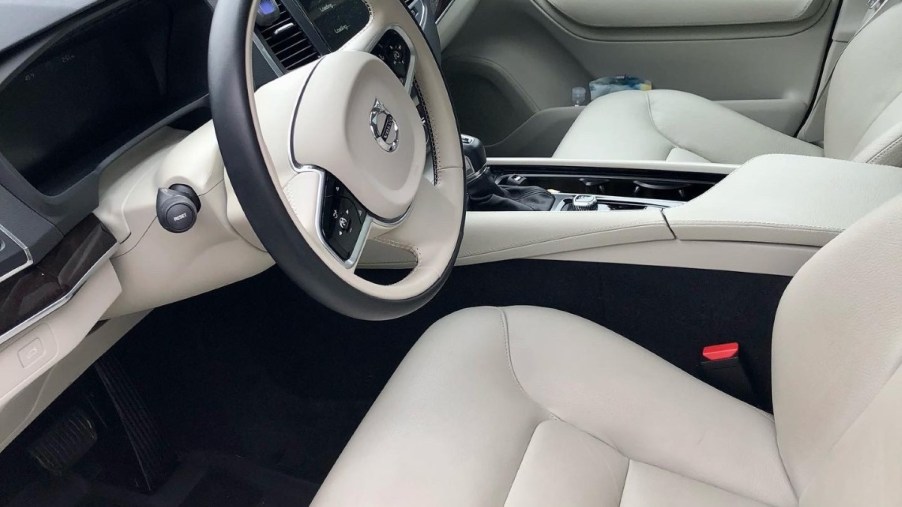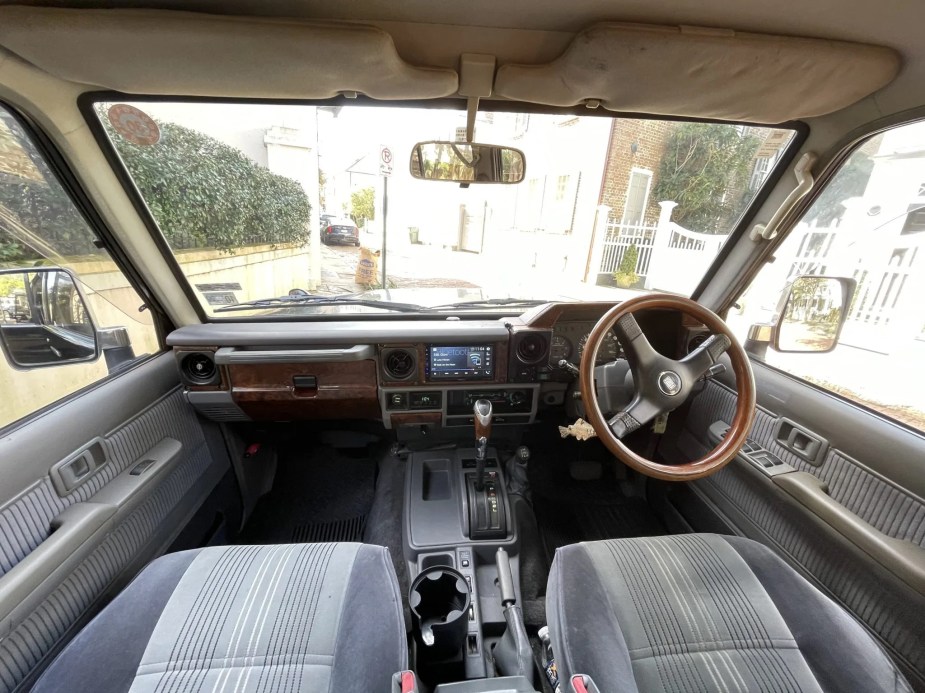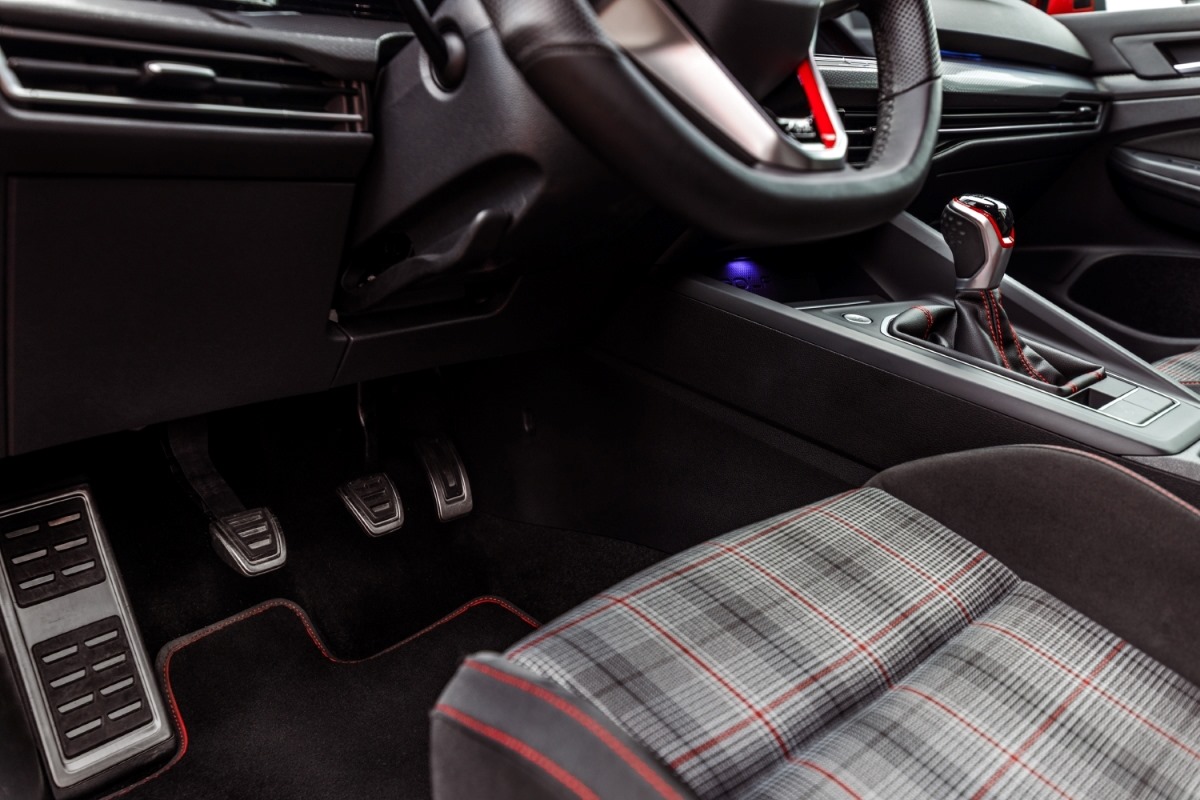
Getting Food Stains Out of Car Seats Is Harder Than You Think
In this article:
Whether you just spilled Grandma’s Thanksgiving leftovers or that breakfast sandwich got away from you, food stains on car seats and upholstery aren’t exactly uncommon. But even with advances in stain-resistant fabrics, getting food stains out of your car seats is no easy task. In my time as a professional detailer, I’ve come across a variety of food stains in car upholstery – here are my tips for getting them out.
The basic steps for removing an unknown food stain from your car seats

If you don’t know what type of stain you’re dealing with, do these steps in order to avoid permanently setting the stain into the fabric.
- Step 1: Cold water soak and scrub with baking soda to remove possible protein stains (Dairy, mud, blood, baby food)
- Step 2: Warm water and detergent using a carpet cleaner to deal with possible tannin stains such as coffee, tea, or wine.
- Step 3: Hot water and OxyClean (or similar) with a scrub brush, drying immediately to remove oil and grease stains.
It’s best to know the type of stain you’re removing
Perhaps the hardest thing about getting food stains out of car seats is knowing what type of stain you’re dealing with. Tannin stains like those from coffee, tea, and wine require a different process than oil or grease from that Thanksgiving gravy. Therefore, knowing what that stain is from is just as important as knowing how to clean it.
Remove food stains from your car seats
The important thing to remember about oil and food stains is that the longer they sit, the harder it will be to remove them. The process of removing these stains from any fabric takes time, as they quickly absorb deep into the fibers. If your stain includes protein, such as meat, dairy products, blood, or baby food, start by using a solution of cold water and baking soda. Together they will help break down the stain and soften the dried protein residue.
IMPORTANT: Do not use hot water, as this will permanently set the stain.
Once you’ve let the stain sit in the cold water and baking soda solution, scrub with a bristle brush to agitate, then blot the area dry. It may take more than one pass to remove the stain completely. However, with enough passes your car seats should begin to look like new again.
Getting oily residue out of car upholstery
If the majority of your food stain is gone, but you still have an oily spot, you can now move on to a hot water solution. These stains are often tough to remove, so you’ll need to use the hottest water you can find and use a cleanser like OxyClean to help further break down and remove the oil stain.
You can also use degreasers, just be sure that they offer a fabric-safe dilution before spraying onto your sensitive automotive fabrics. You can also use an enzyme cleaner, such as those used for removing pet messes, to further aid in removing the stain from your upholstery.
Removing coffee, wine, and tea stains from car seats

Tannin stains are just as tricky as the first two, but again require a different solution for removal. If you have a coffee, tea, or wine stain in your car seats, don’t pre-treat the stain. Instead, directly apply a warm water and detergent solution and begin scrubbing immediately. A carpet cleaner with suction is often the best option as it removes the stained water and detergent solution. This prevents it from resetting and creating an even bigger stain when dry.
Deep stains may require professional help
Professional fabric cleaners and detailers have access to chemicals and solutions that aren’t available to the general public. If you’re having a hard time removing a food stain from your car seats, it might be time to call a professional. But you can always give these options a try on your own before you shell out for a pro service.




